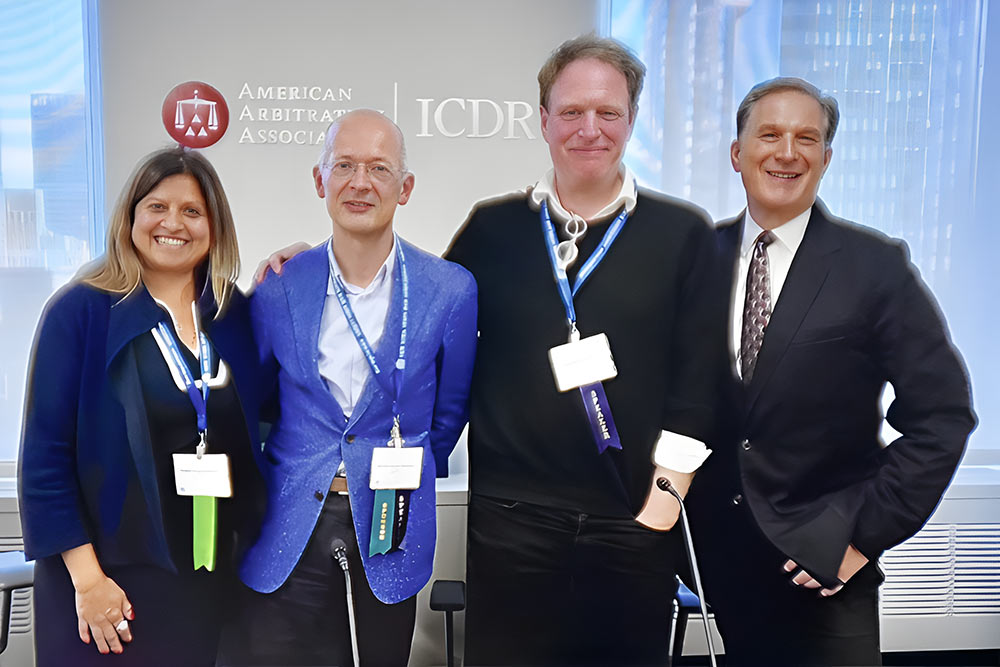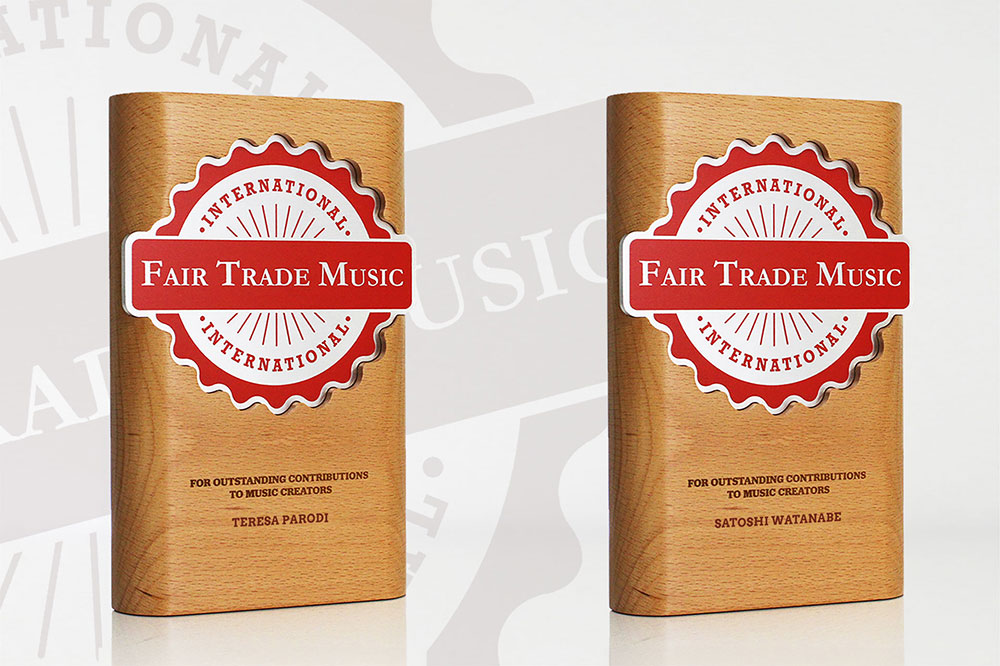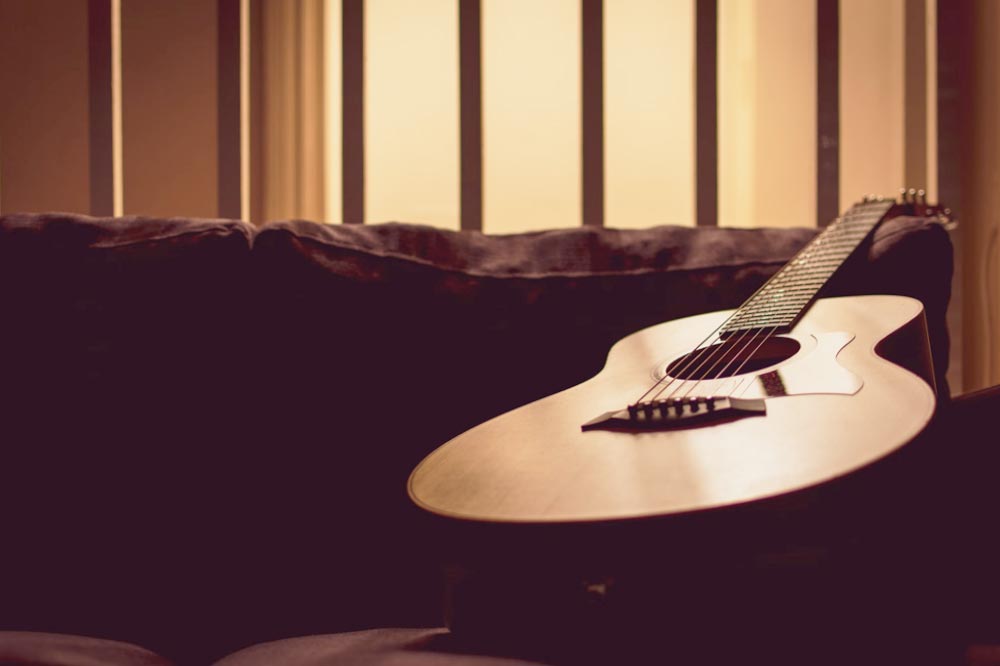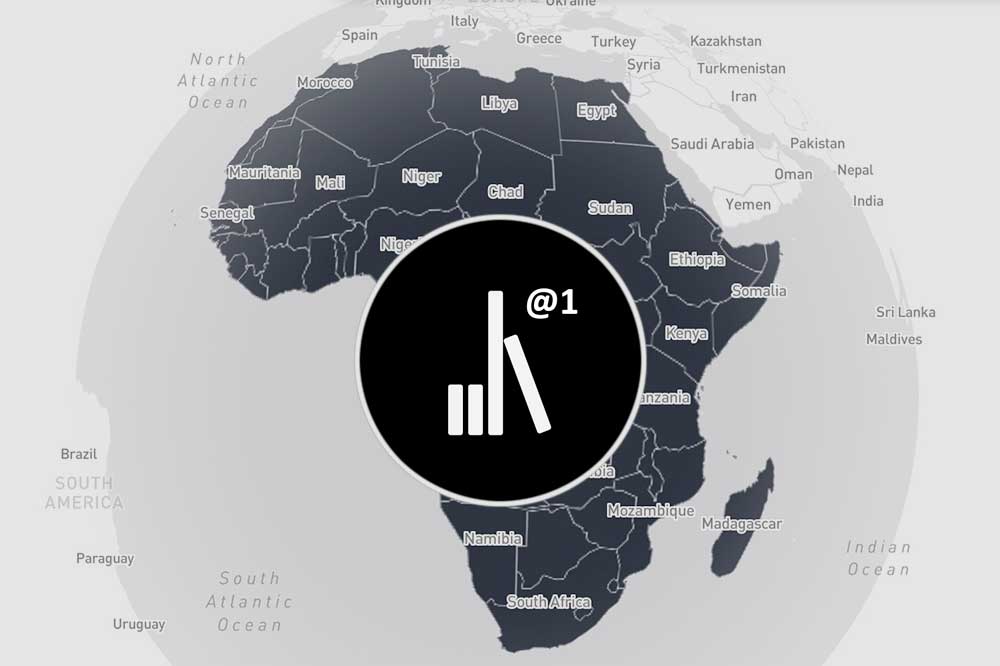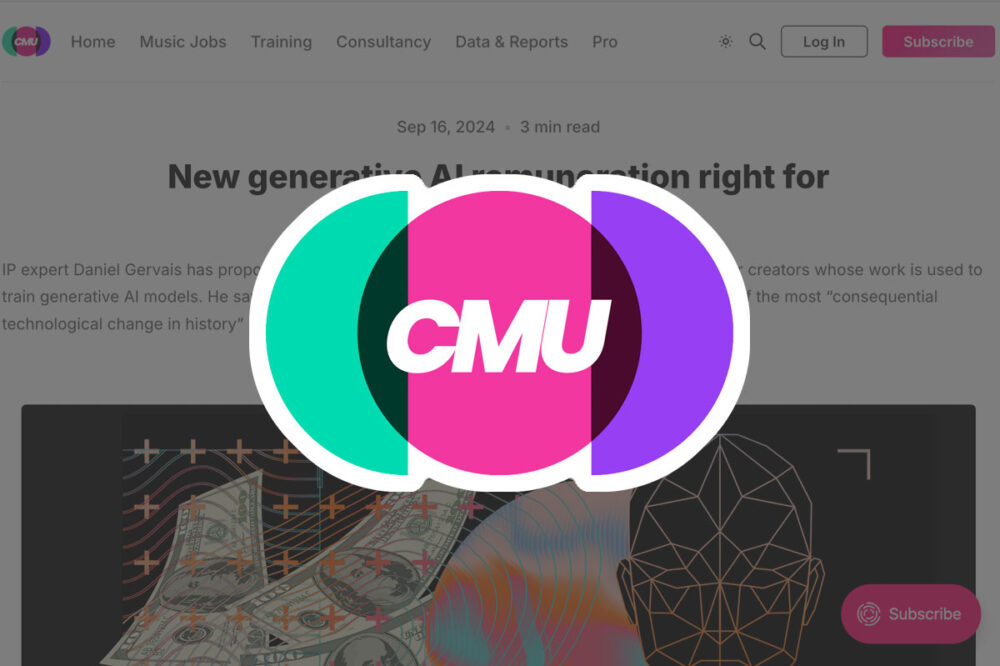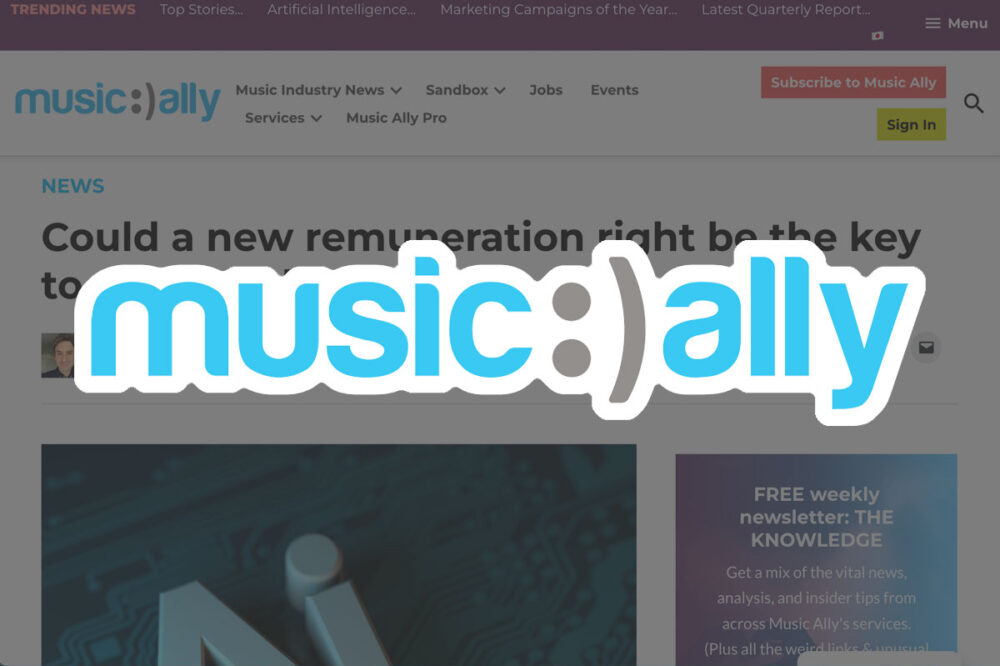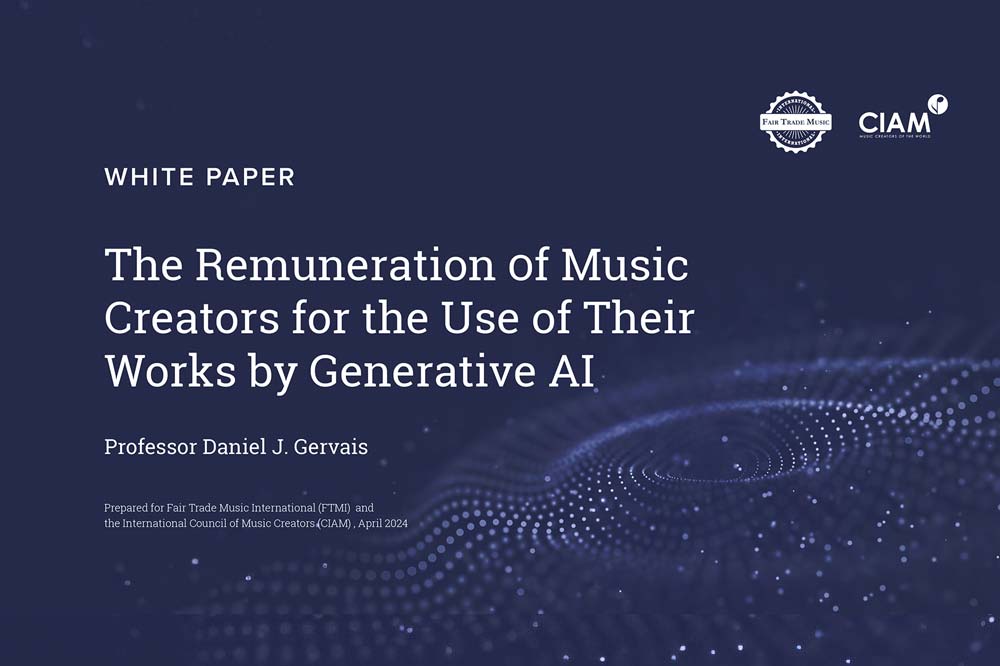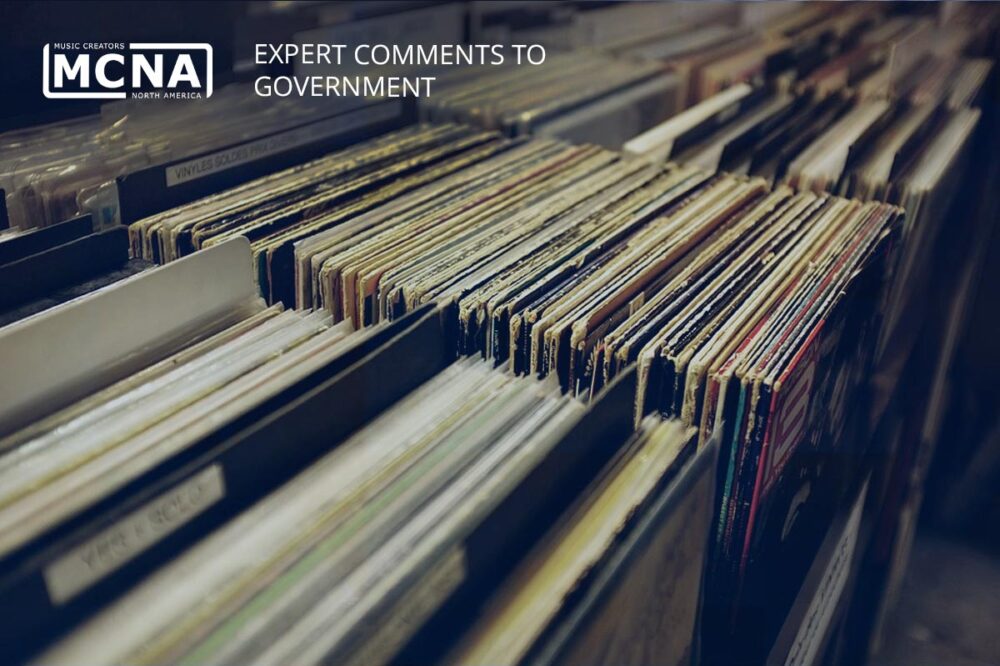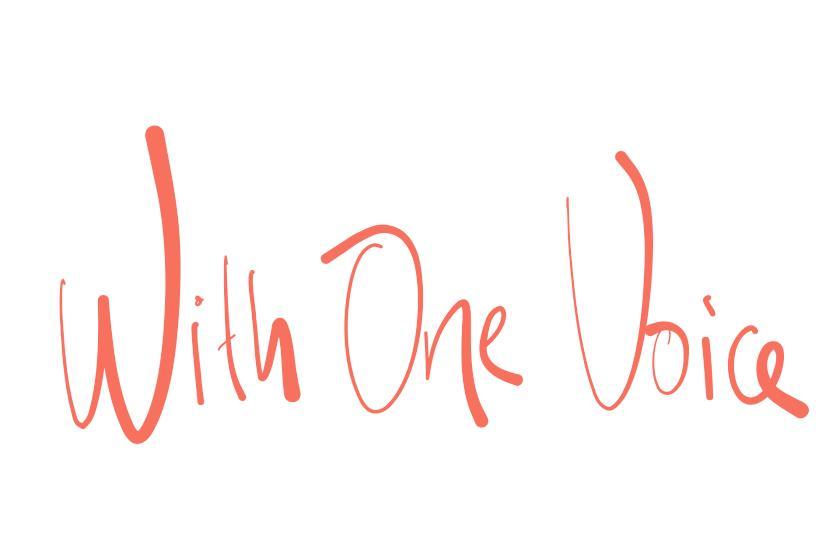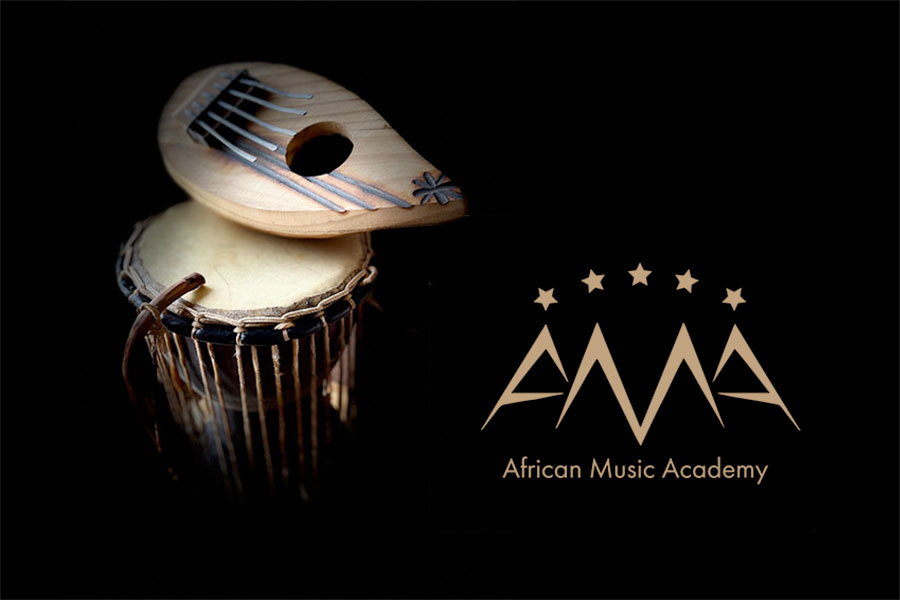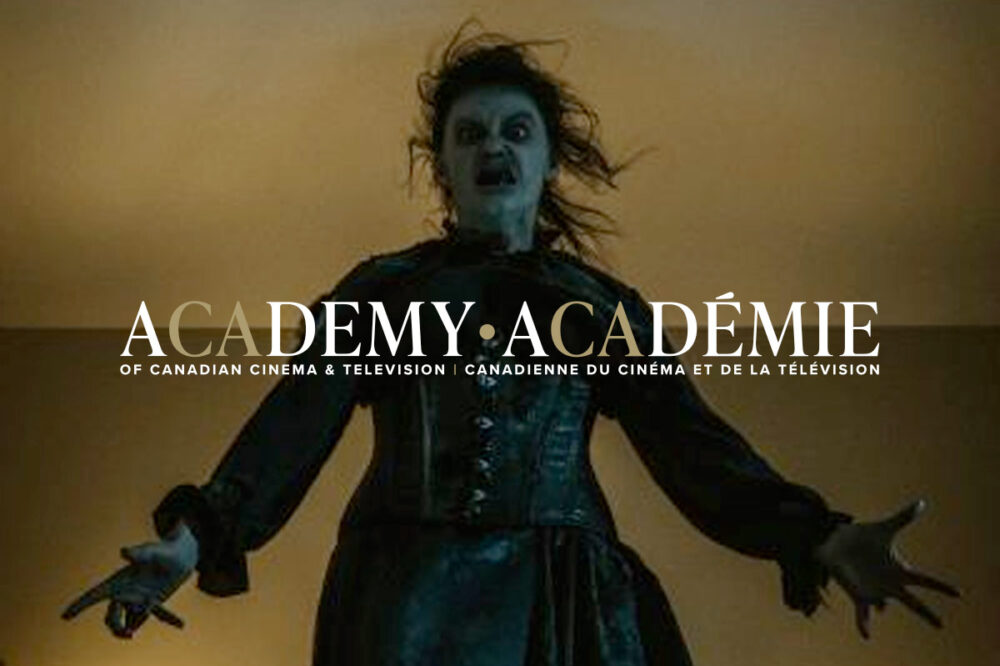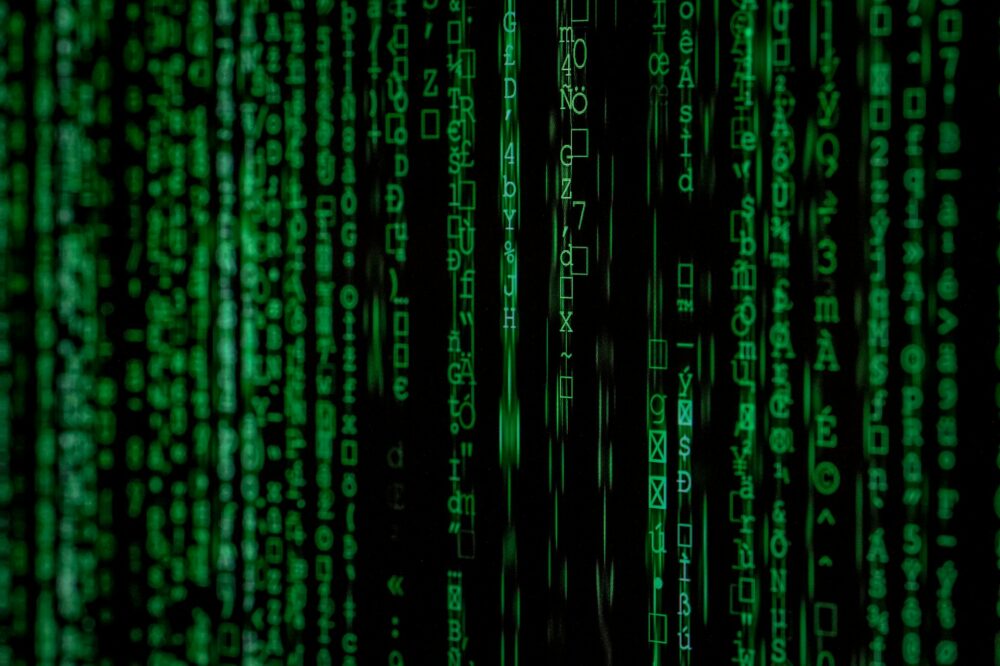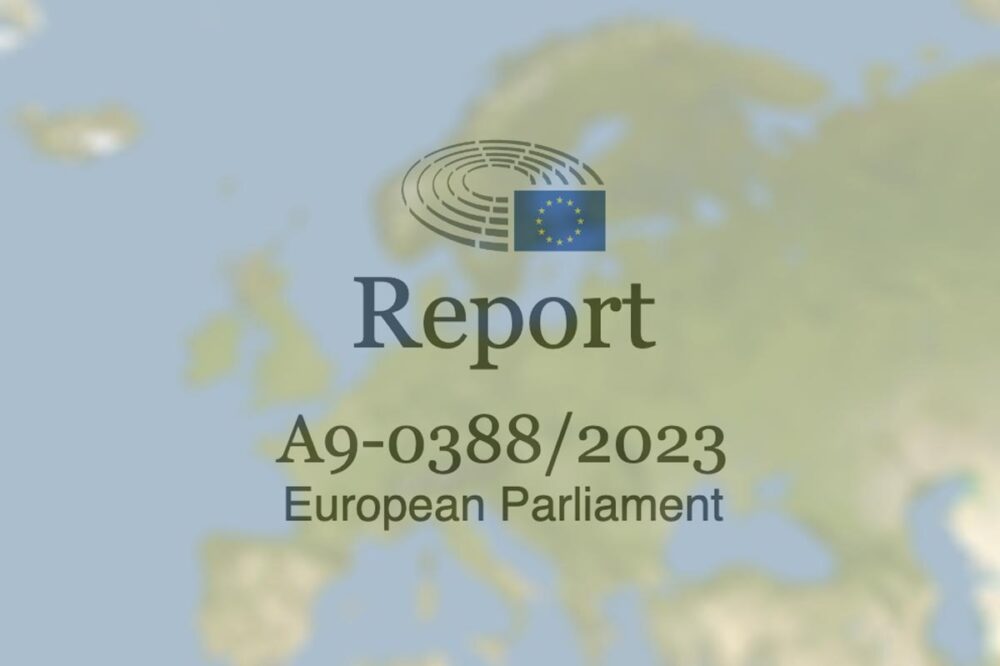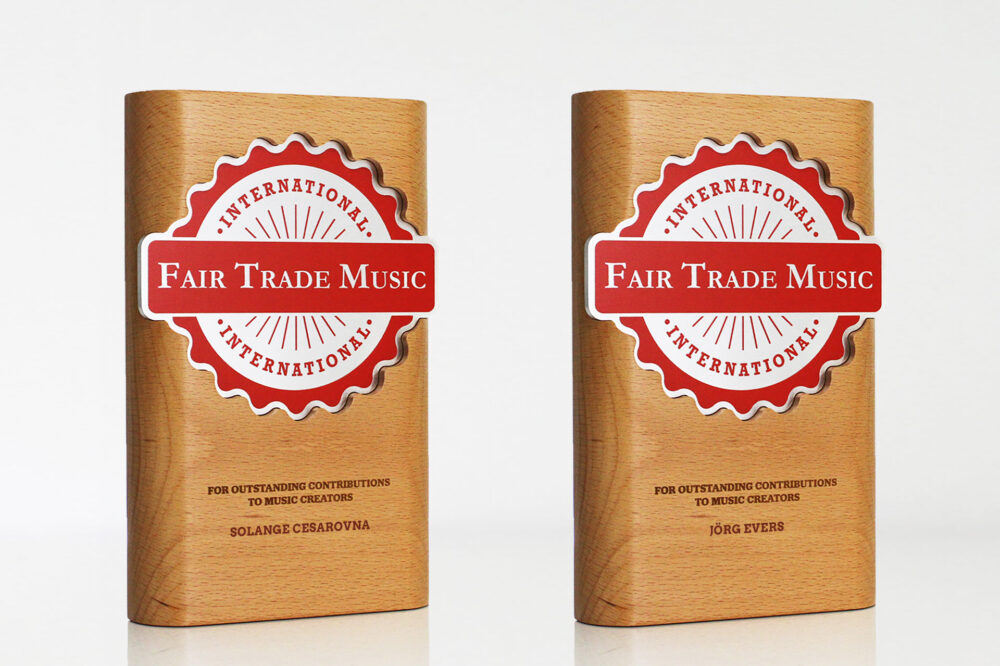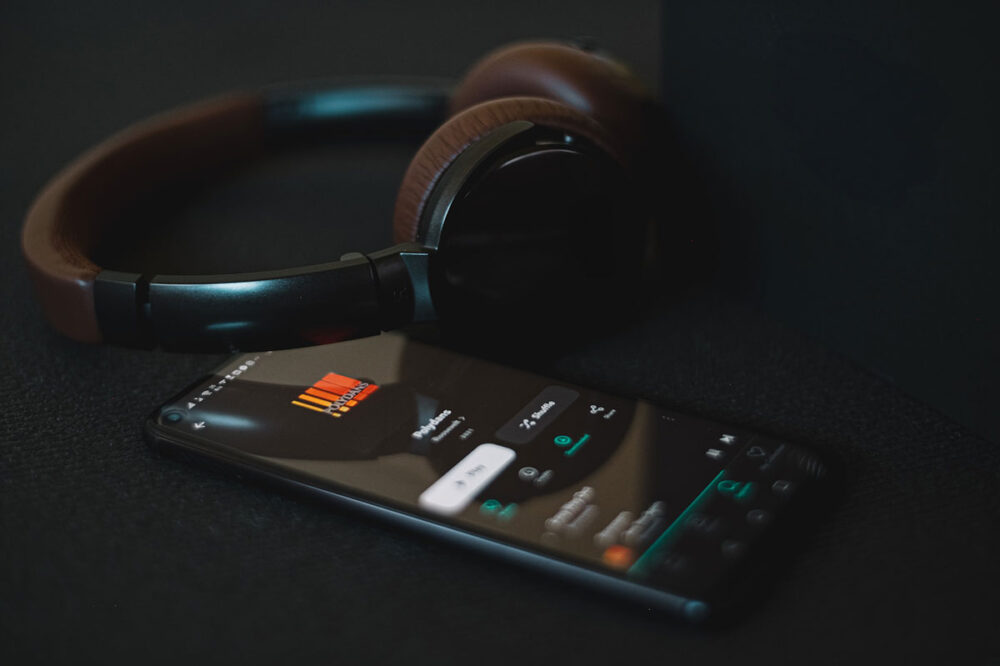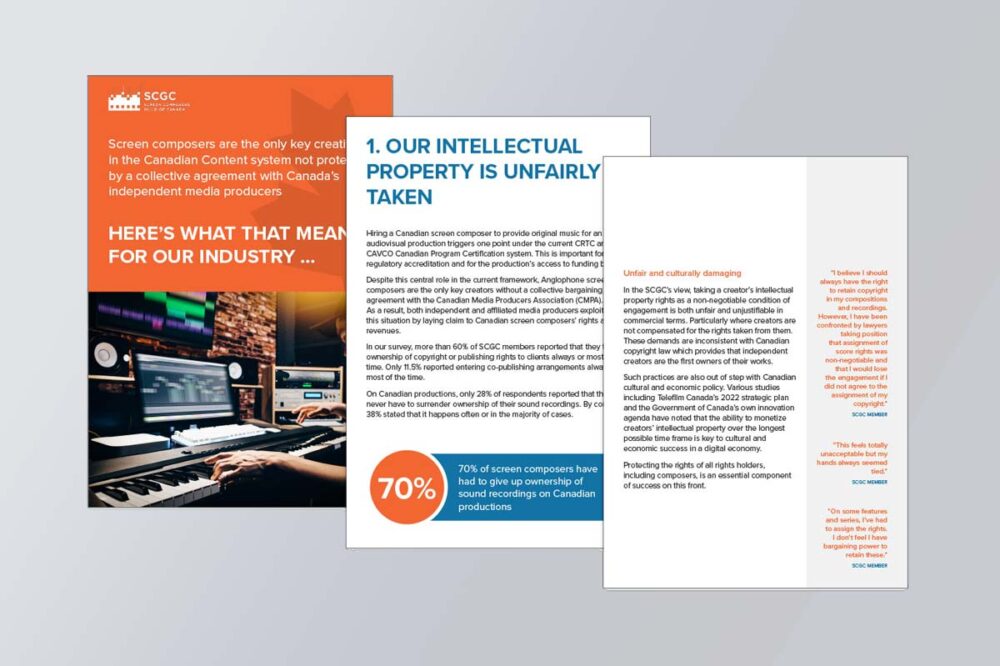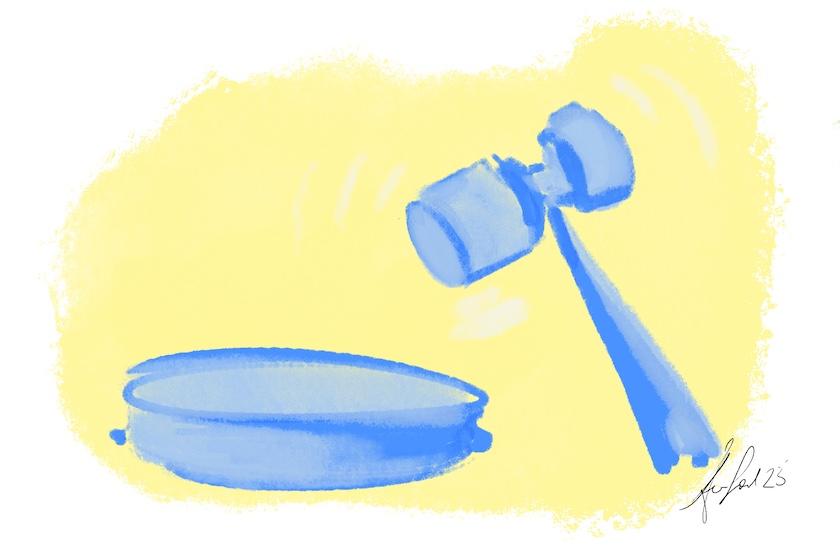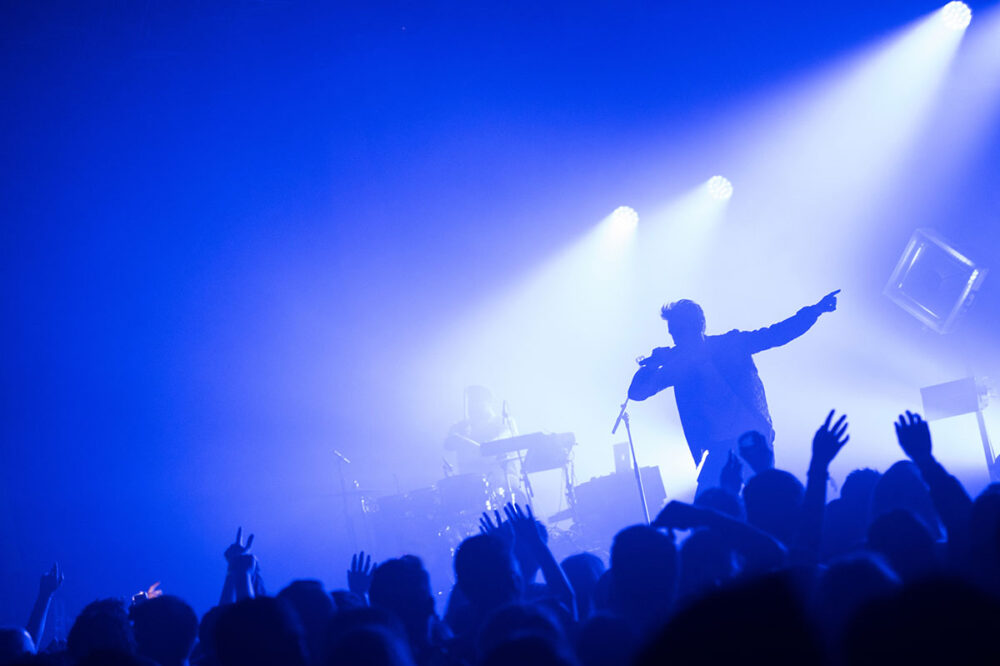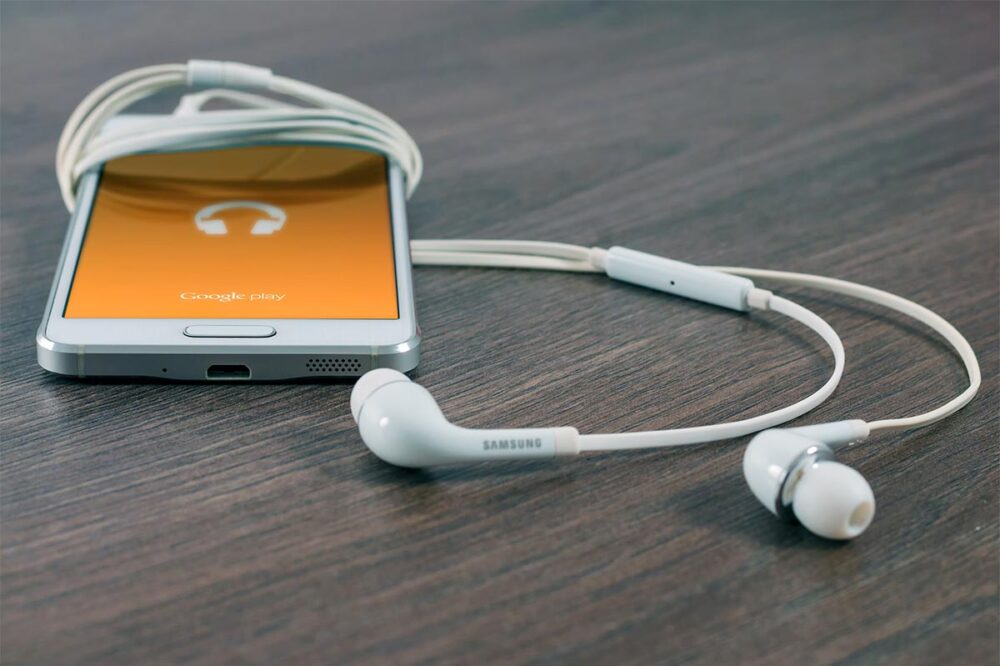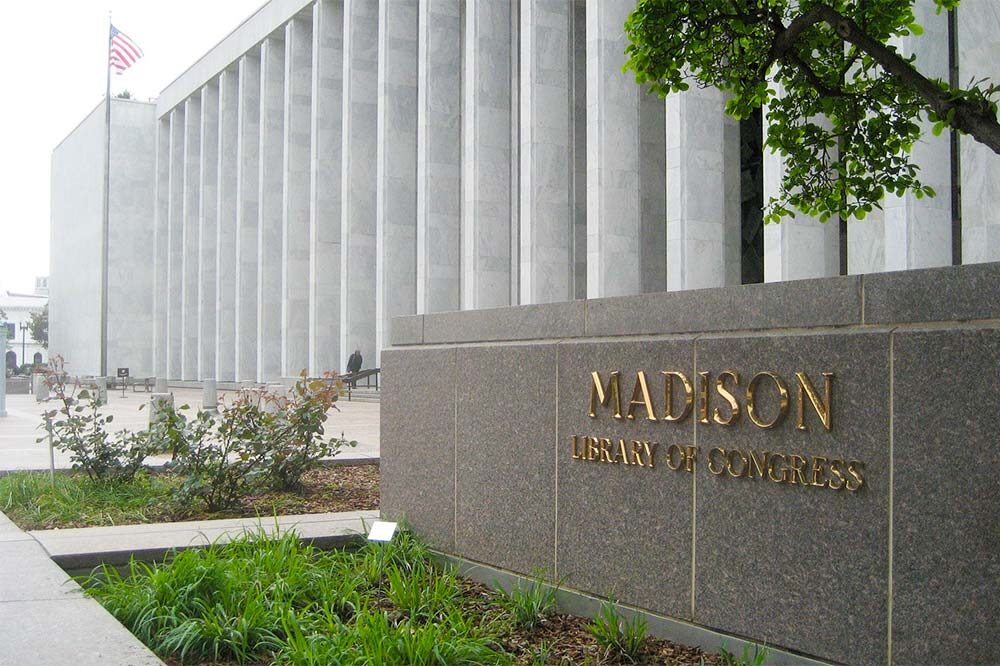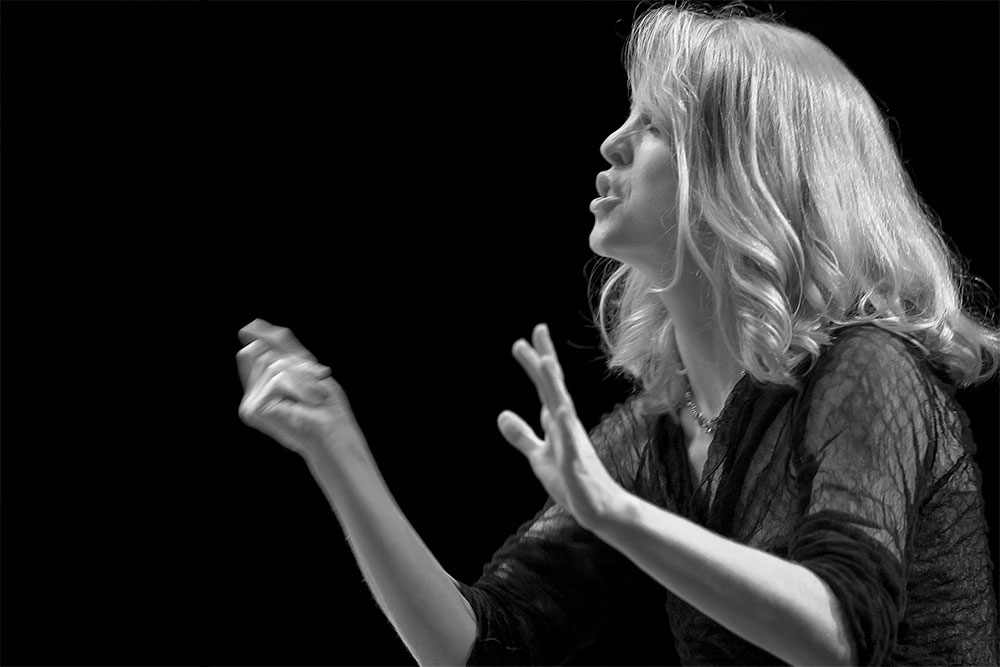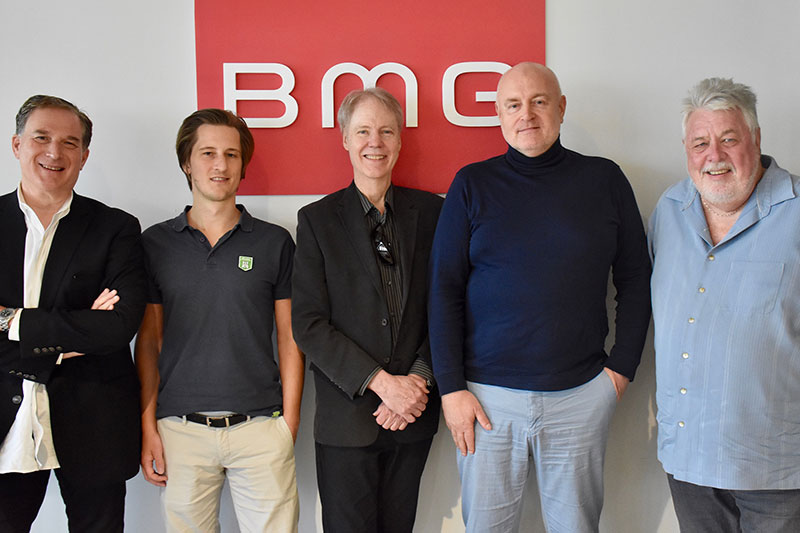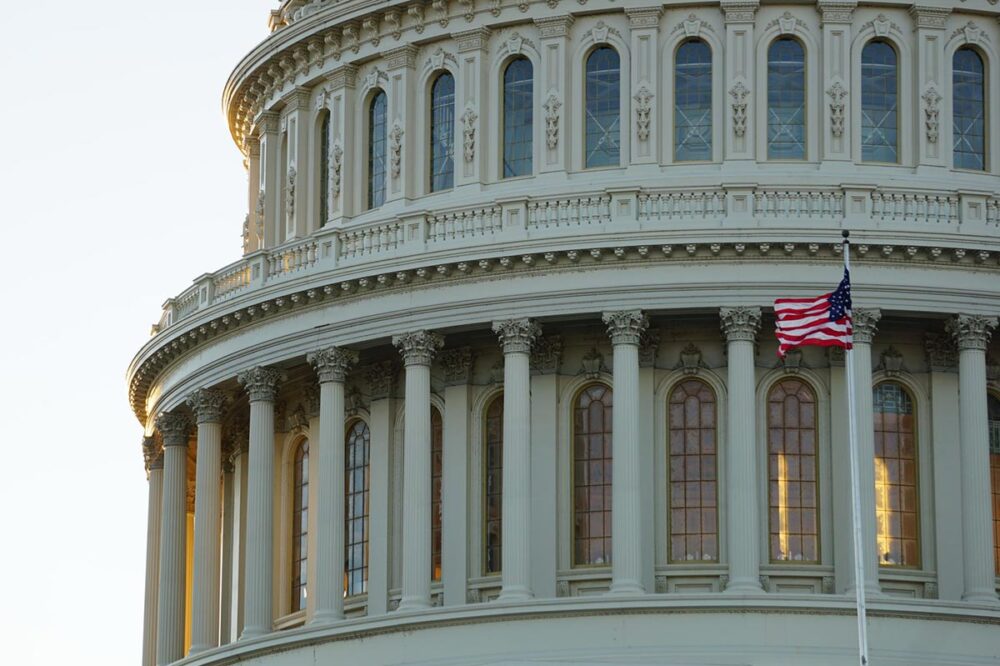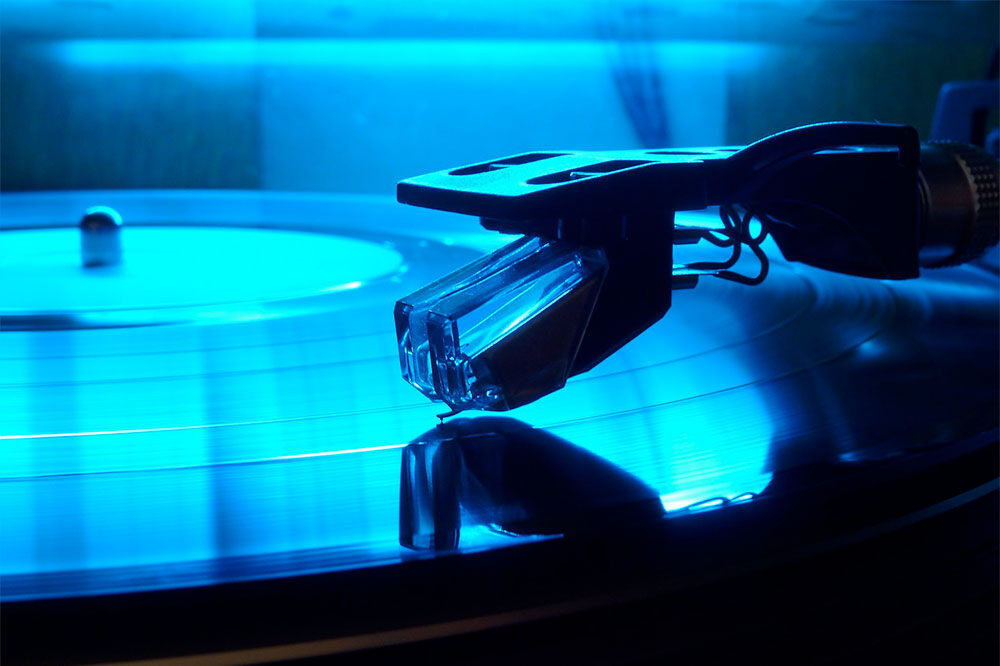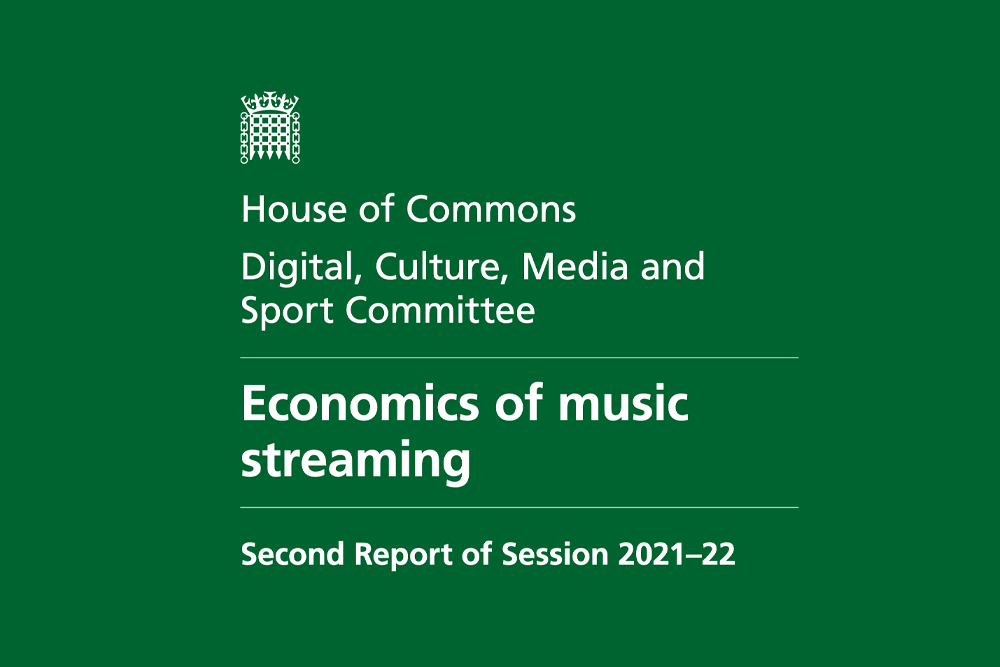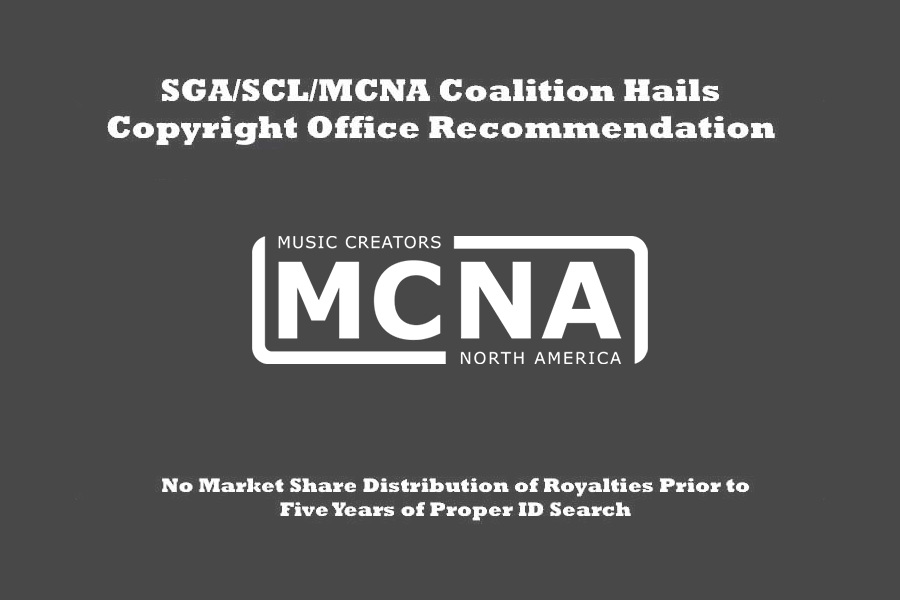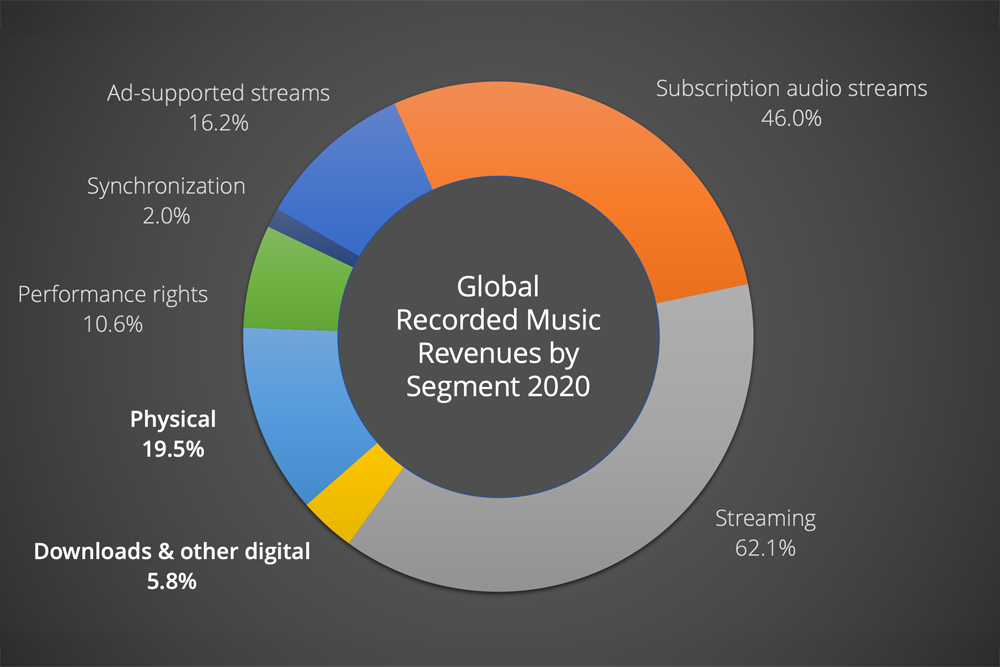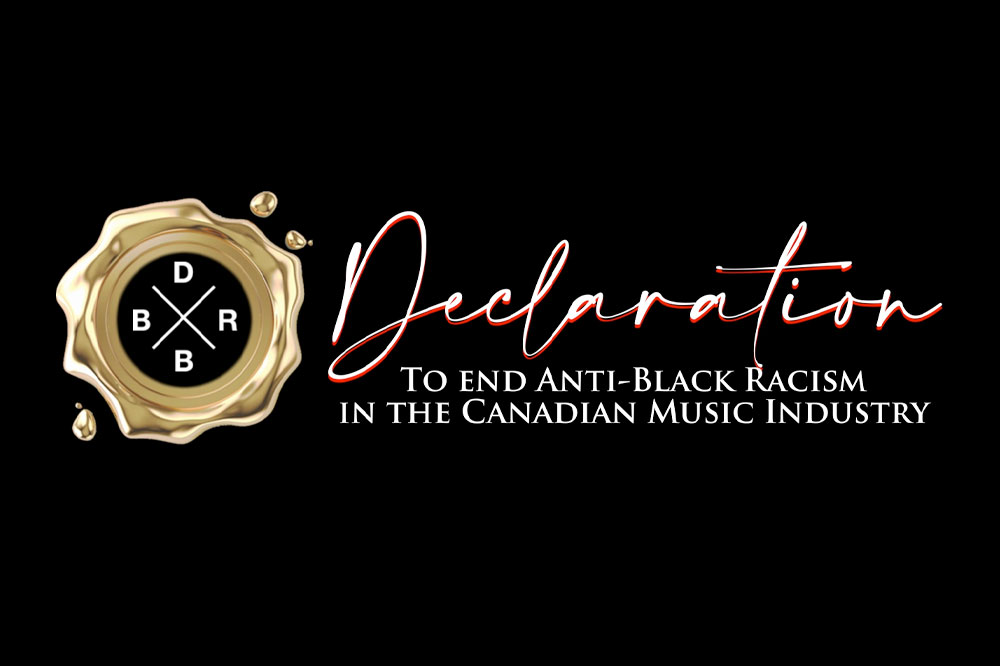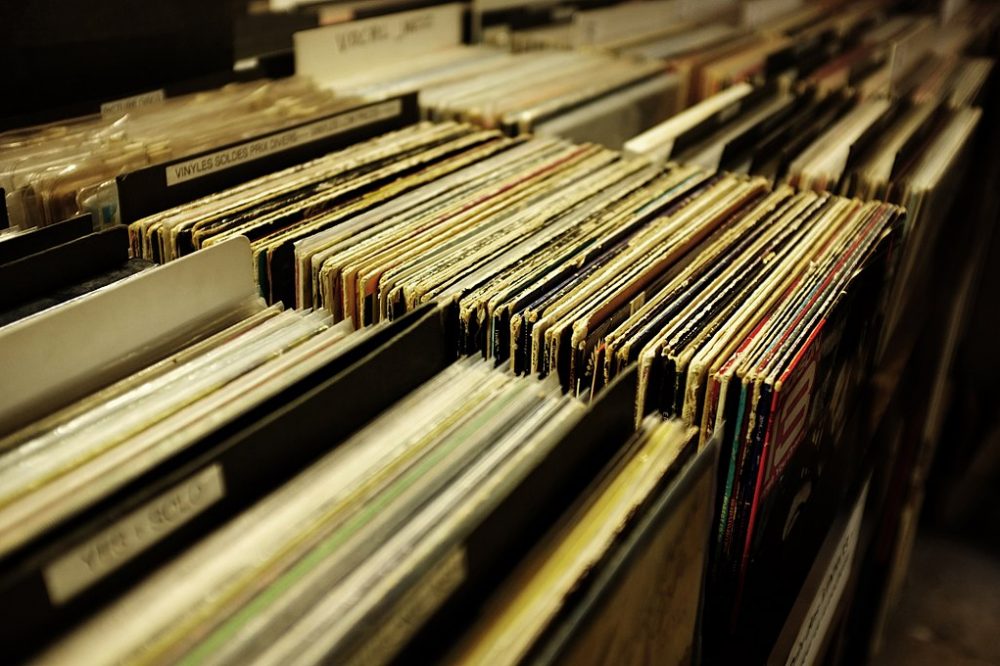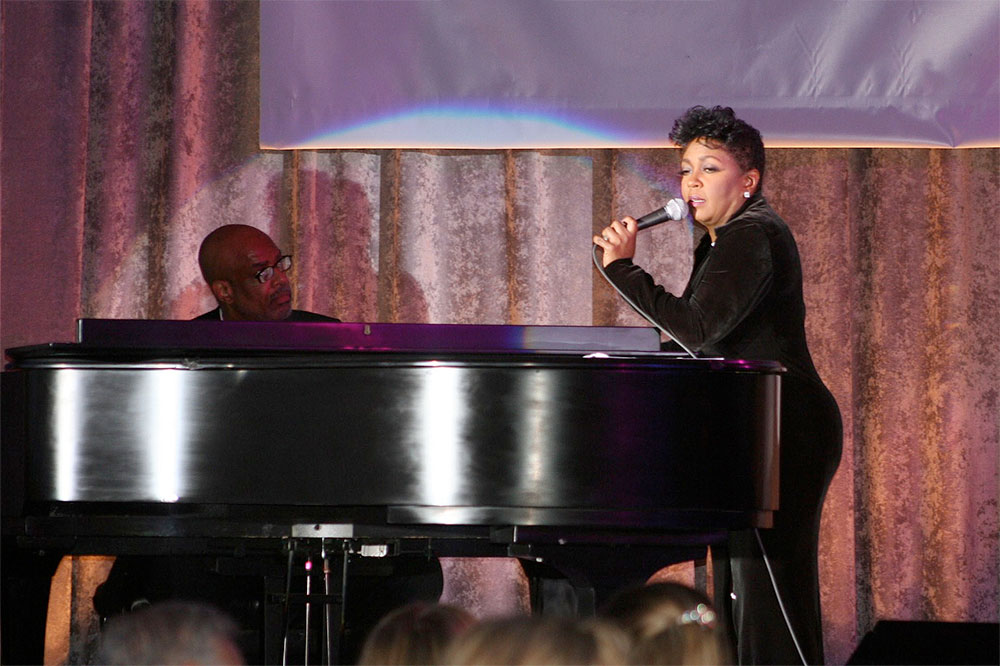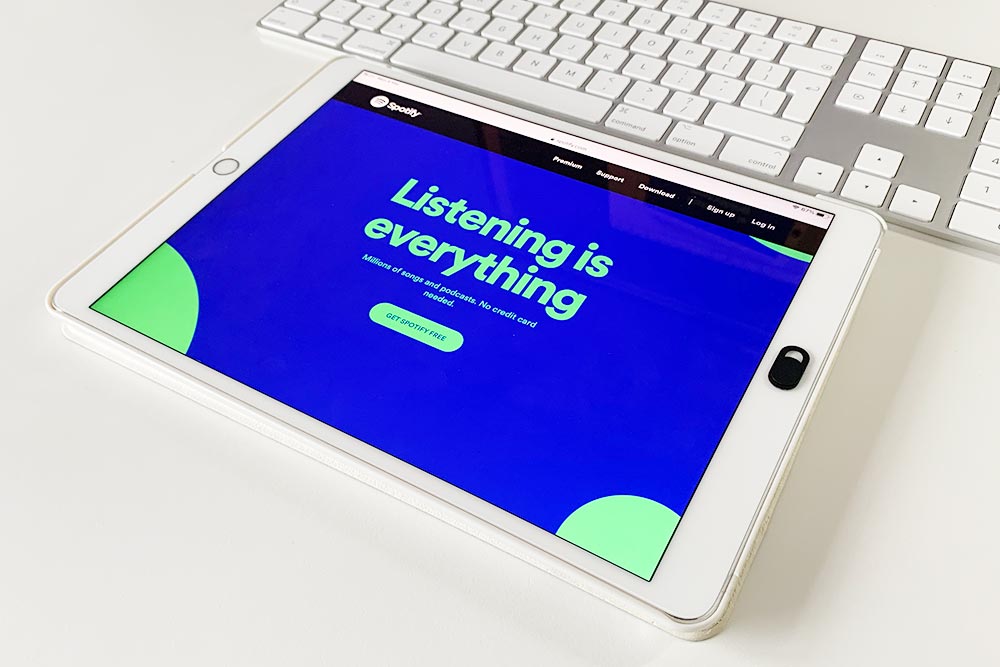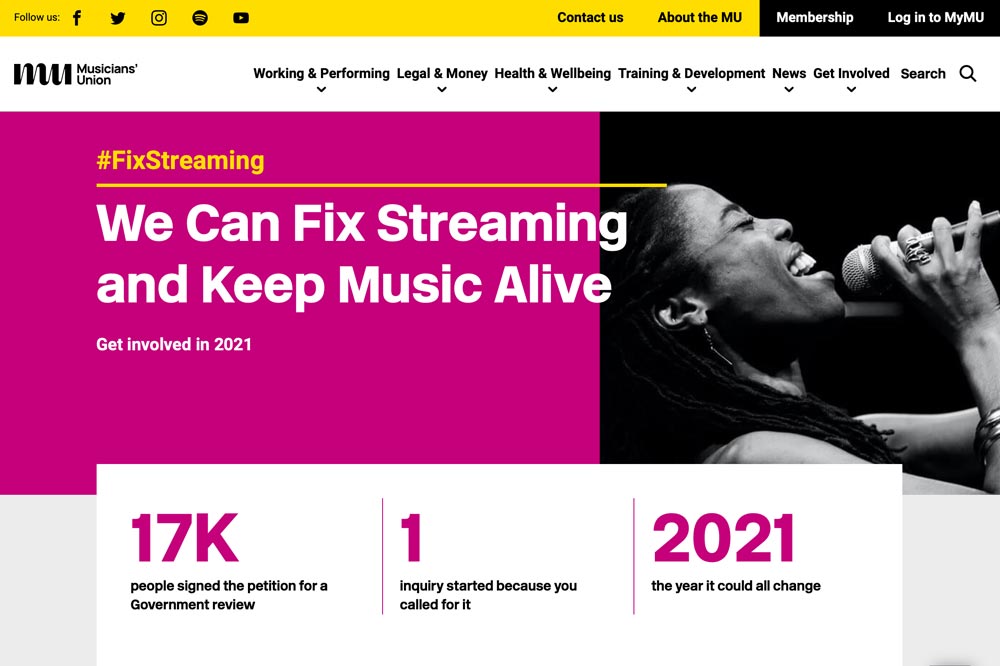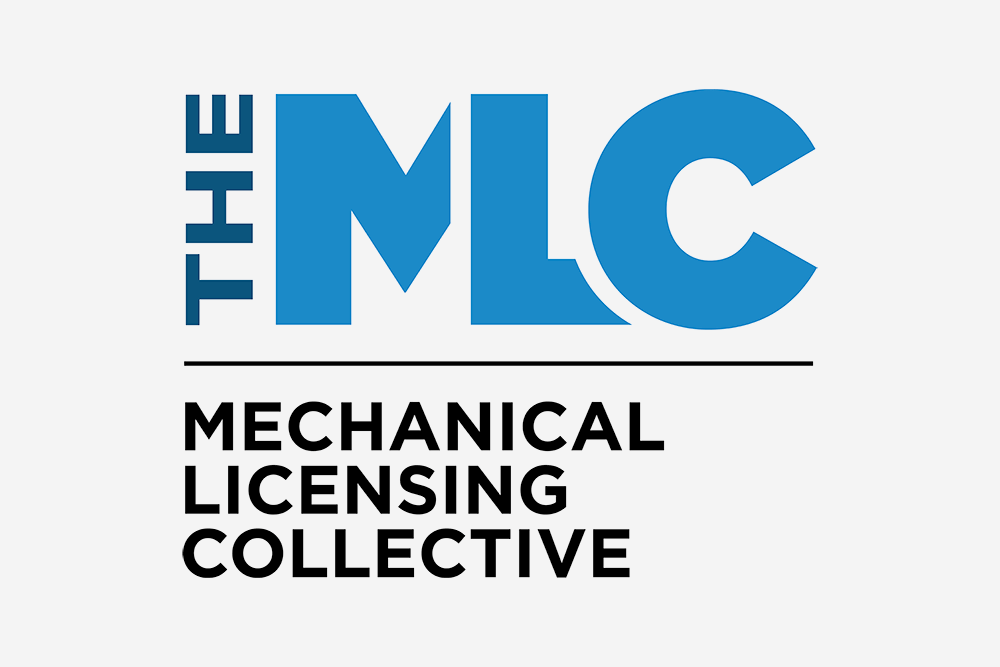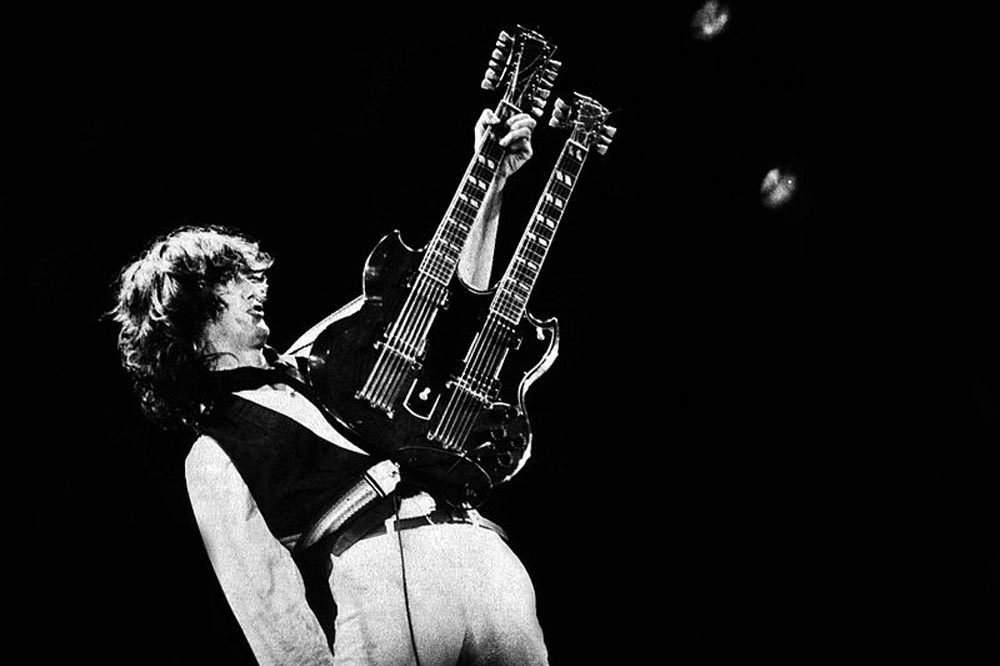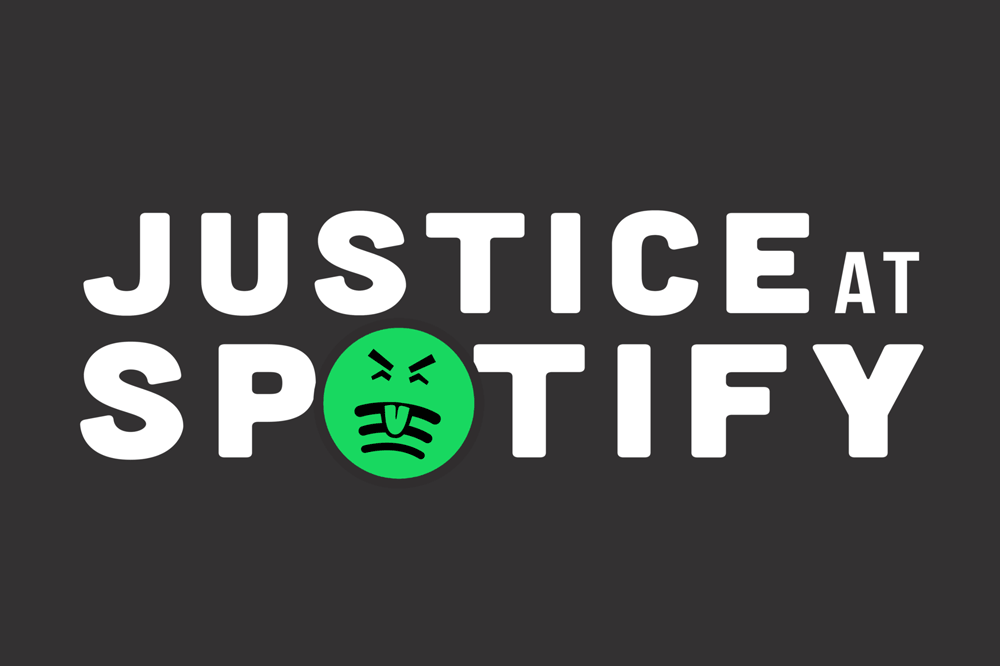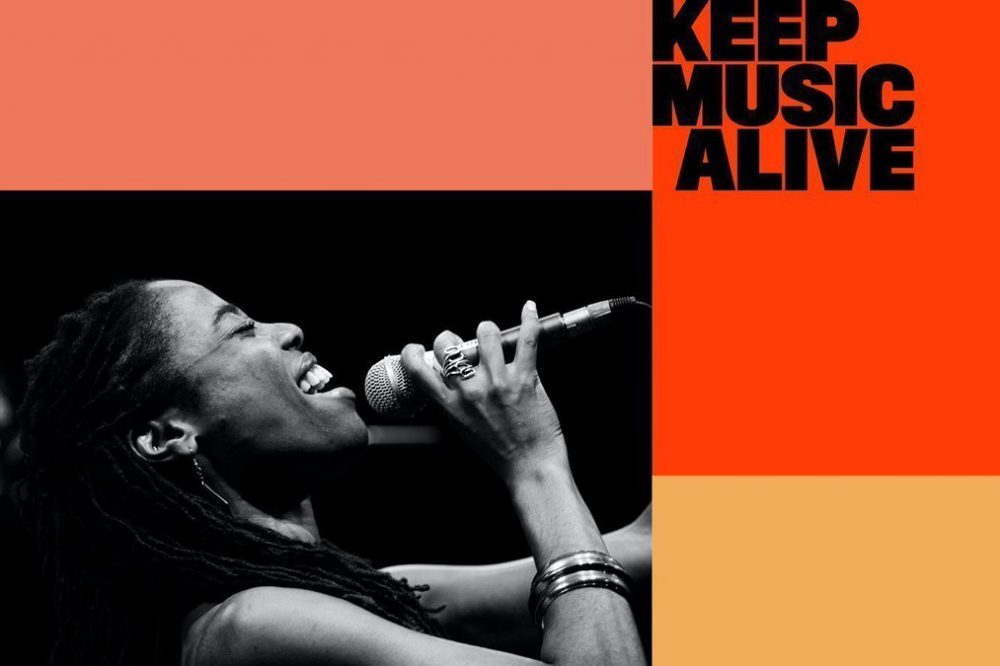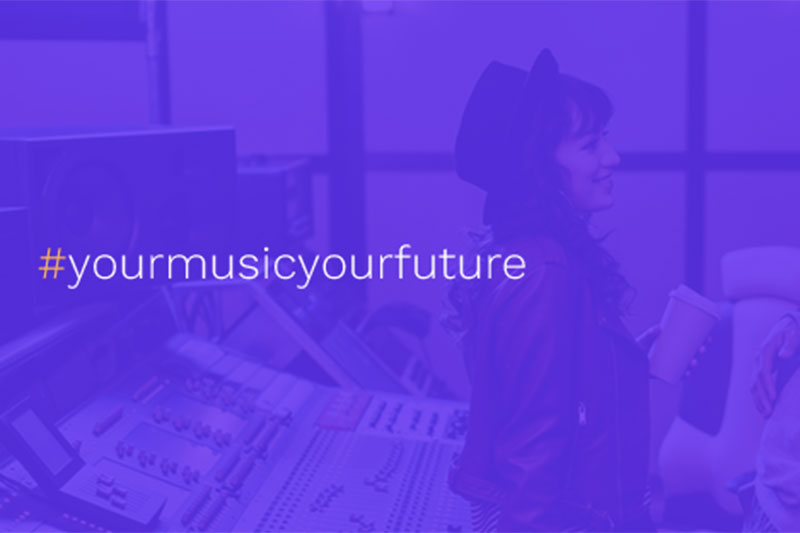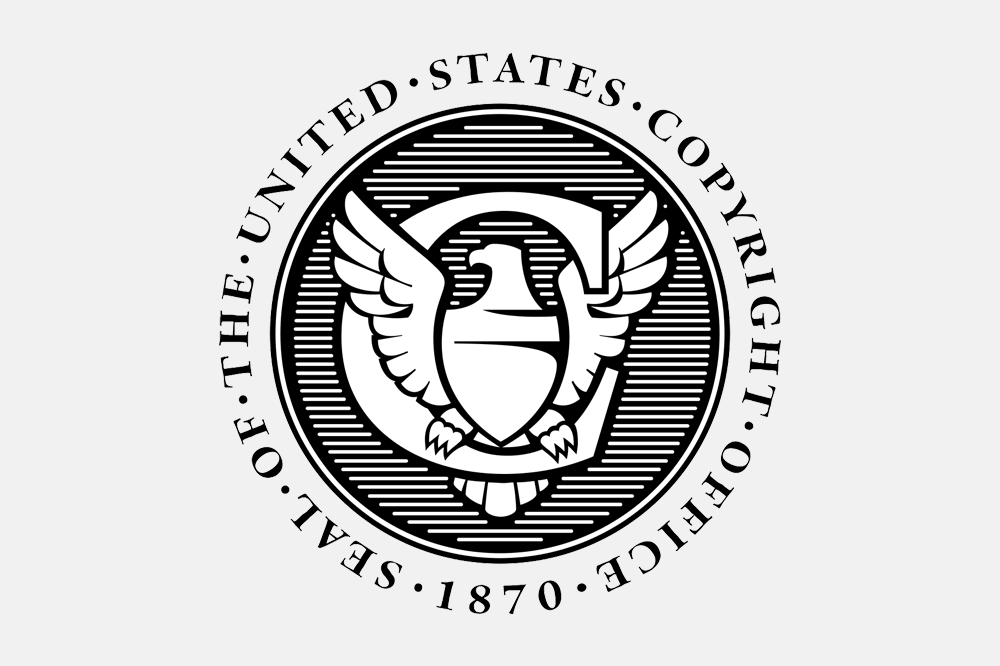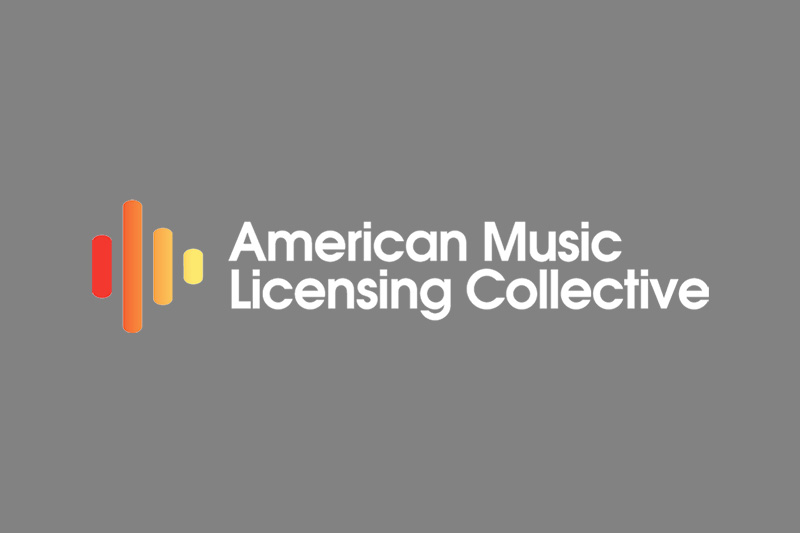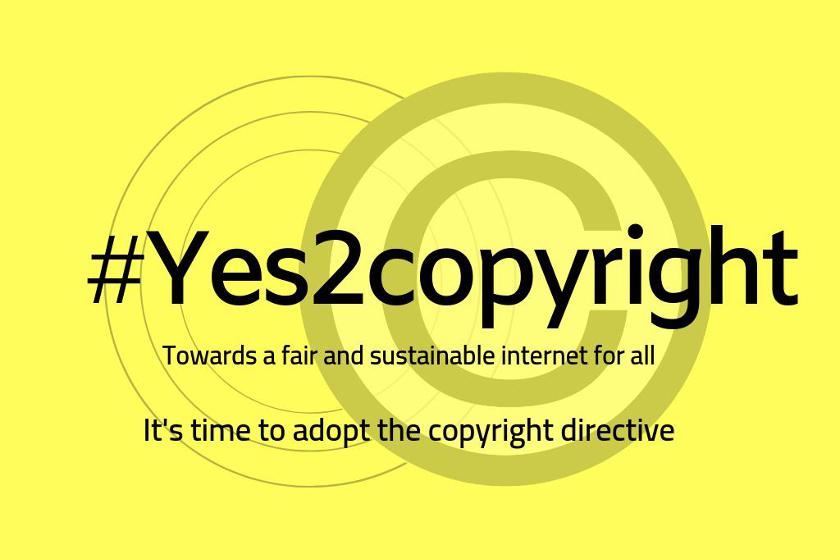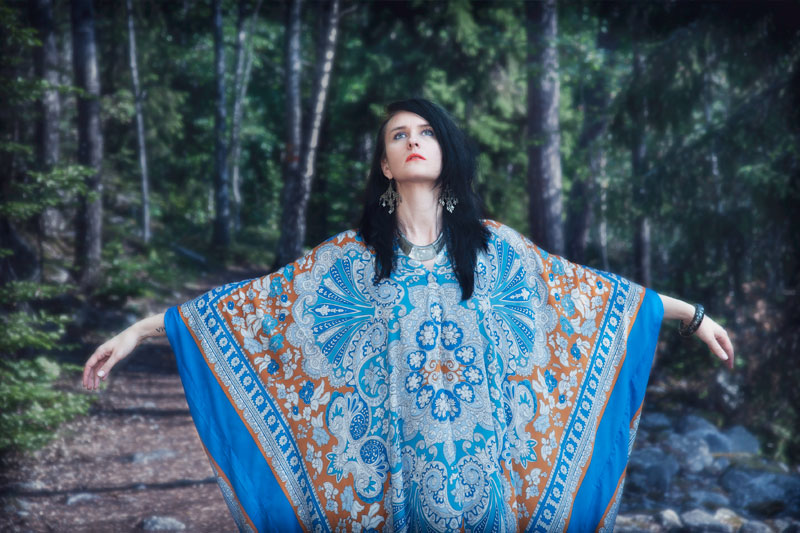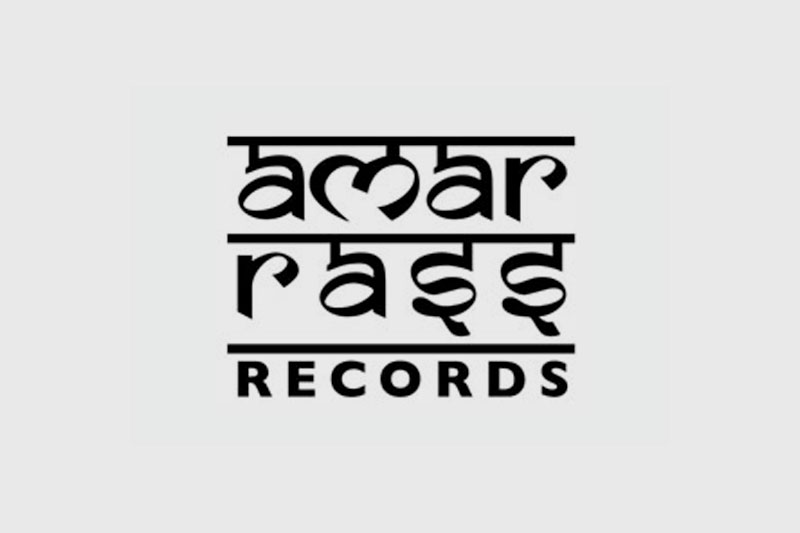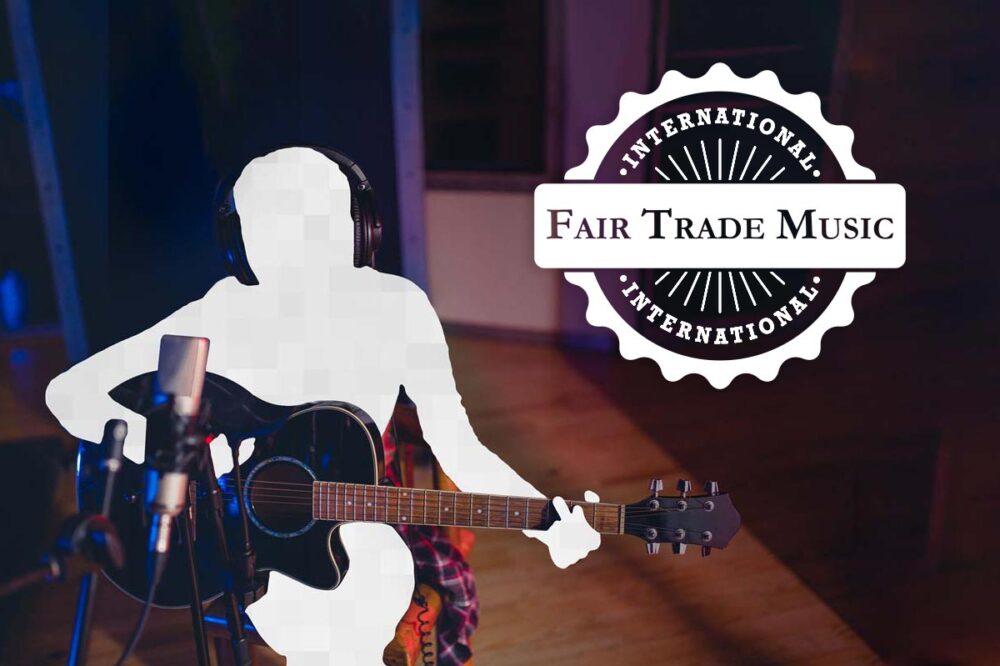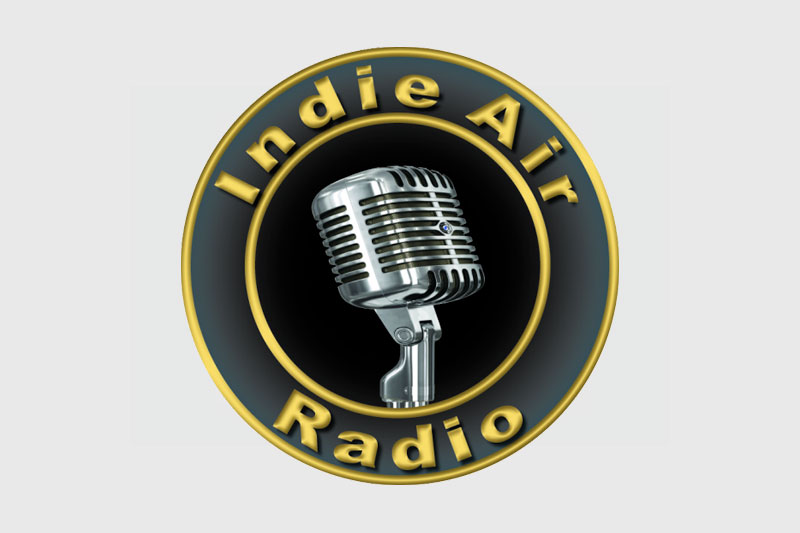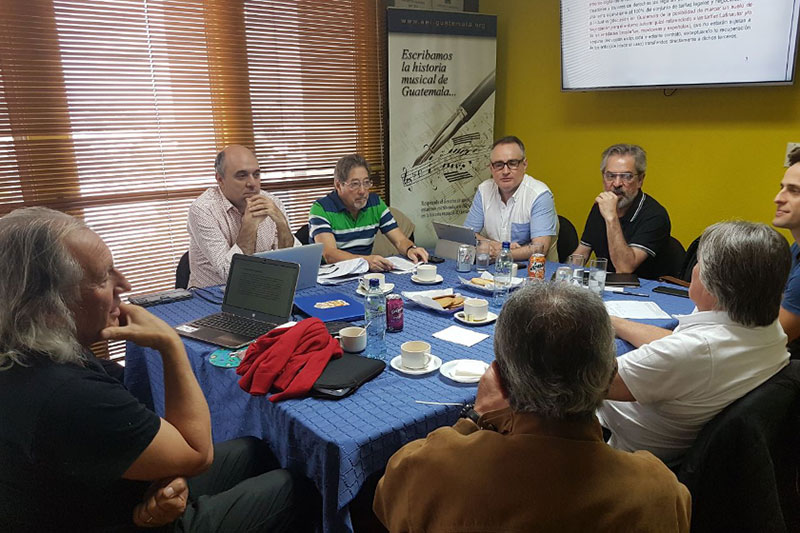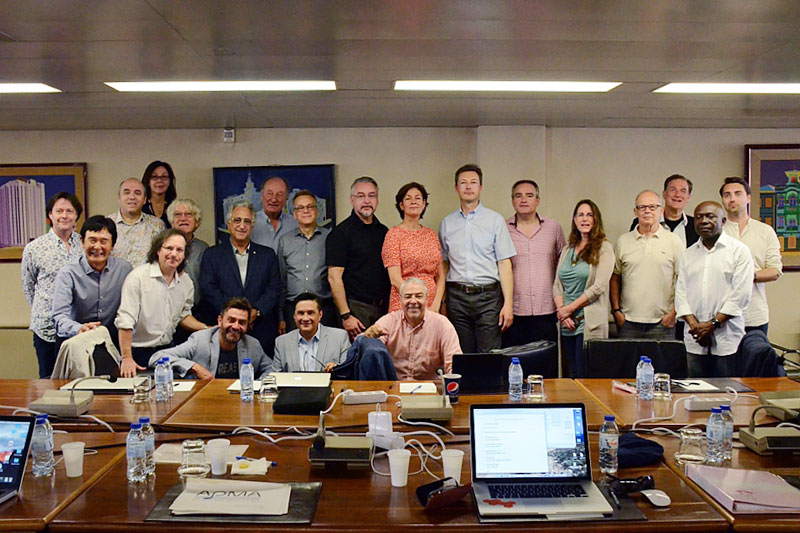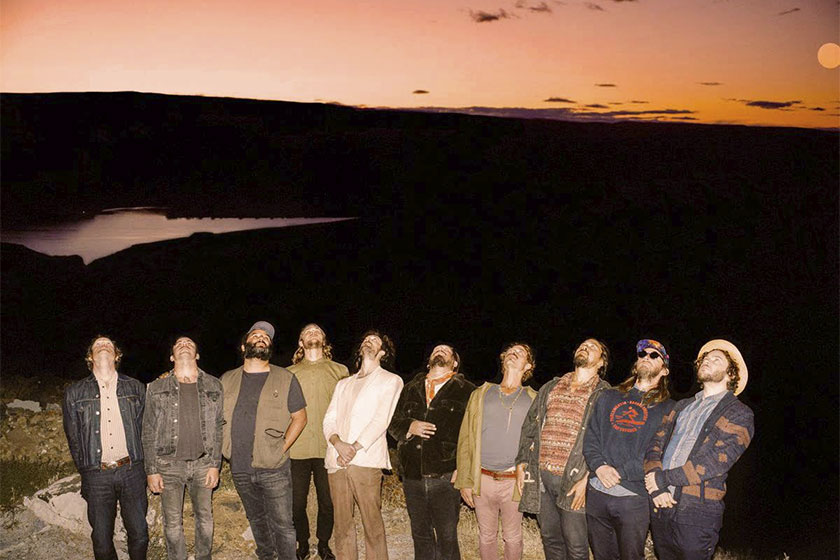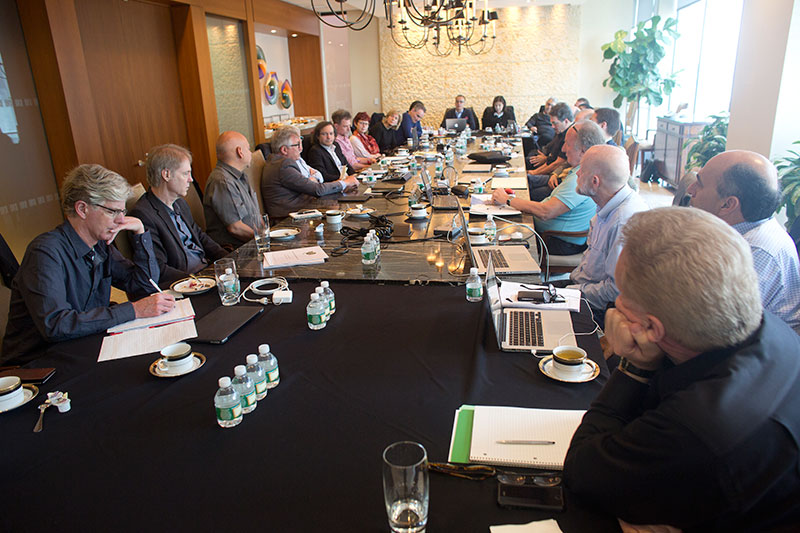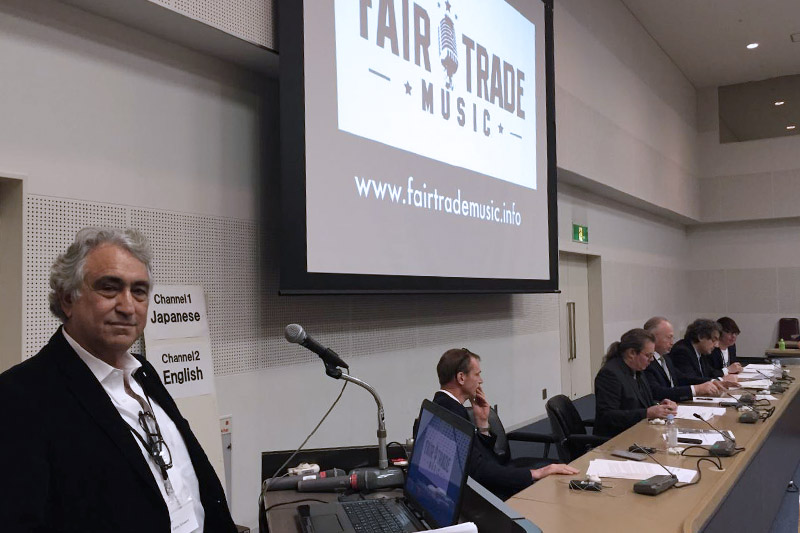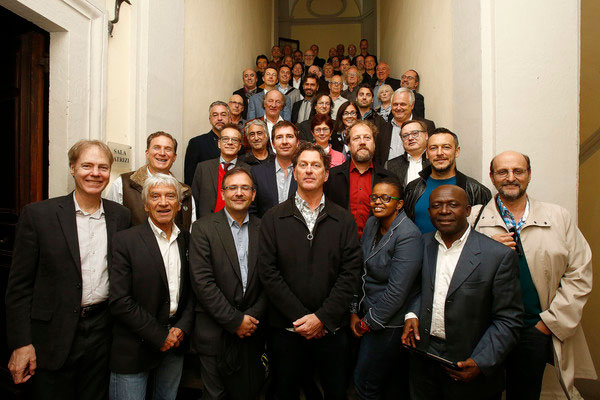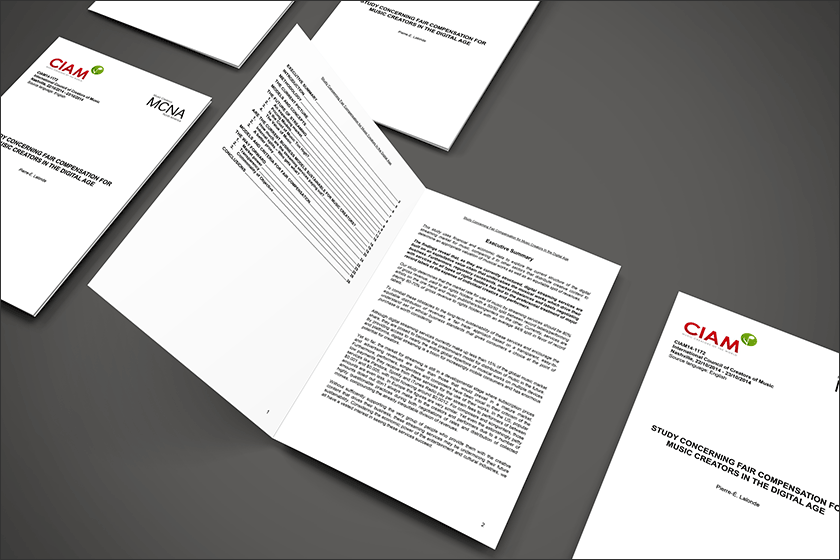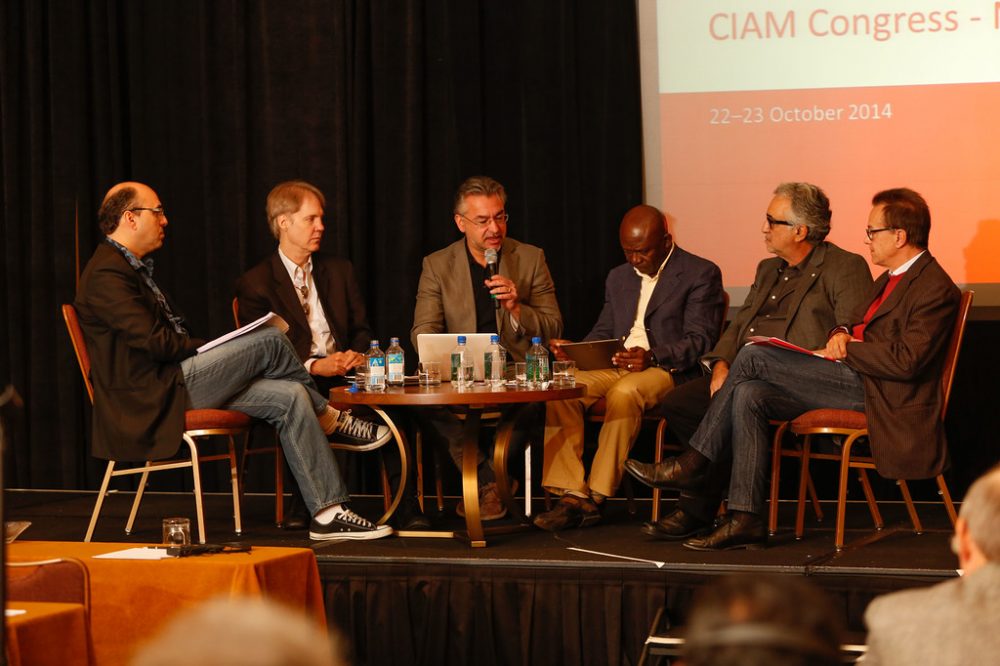The history of ethical treatment
The concept of treating creators fairly is not new. For hundreds of years, lawmakers have understood the essential contribution that creators’ work makes to our lives and economies. And they have taken steps to protect and promote it. The modern interpretation of “authors’ rights” was founded in two ground-breaking international agreements.
The Berne Convention of 1886 endowed creators with certain moral rights and the means to control how their works are used, by whom, and on what terms. Today it has been ratified by 178 countries around the world.
Although various national copyright laws have been in place for centuries, it was the United Nations’ adoption of the Universal Declaration of Human Rights in 1948 that formalized authors rights on a global basis.
These rights of ownership are supported by numerous other international conventions and treaties. They belong to the author from the moment a work is created and don’t need to be registered, requested or applied for in order to exist.
Everyone has the right to the protection of the moral and material interests resulting from any scientific, literary or artistic production of which [such person] is the author.”
– UDHR, Article 27 (2)
While these agreements do not in themselves carry the weight of law in most jurisdictions, nearly every country now recognizes their legal and ethical principals in national legislation.
The protections they provide are not only intended to ensure the fair treatment of authors. They also exist to enhance the quality of life and commerce within a society by promoting the progress of science, art and culture. They aim to make it economically feasible for creators to create; a concept that is now globally recognized as a societal imperative.
Two sets of rights
The agreements above, supported by international treaties and national legislation, enshrine two sets of right for music creators. These rights belong to you from the moment you create a musical work and they’re the foundation of the global copyright framework.
Economic rights
Economic rights ensure that unless permission is granted, a creators’ work cannot be used for commercial purposes. In the musical repertoire, these purposes might include:
- Reproduction in a physical format e.g. vinyl or CD
- Broadcasting to the public e.g. on radio, TV or internet
- Distribution via digital services e.g. streaming
These protections are not only intended to ensure the fair treatment of authors. They also exist to enhance the quality of life and commerce within a society by promoting the progress of science, art and culture. Permission to exploit a piece of work in one of these ways is usually given in return for payment to the creator or rights holder.
These rights make it economically feasible for creators to create, a concept now globally recognized as a societal imperative.
Moral rights
Moral rights define the relationship between and author and their work. They give creators the final say over the way work is used and include a number of important elements such as:
- The right to claim authorship
- The right to receive or decline credit for the work
- The right to prevent the work from being altered without permission
- The right to dictate whether and in what manner the work is performed or used
Countries that recognize the natural law doctrine of moral rights (also known as droit moral) usually have the broadest and strongest copyright regimes. Because of this, France, Germany and other nations throughout the European Union are often favored by music creators over those legal frameworks that extend protections solely by statute.
Two forms of copyright
When thinking about musical copyright it’s important to separate the songwriter from the recording artist. In the case of some singer songwriters or bands, they can be one and the same but not usually. The last Beyoncé album for example credits more than one hundred songwriters.
For any piece of music, the copyright is made up of two components.
The composition
The publishing rights to a musical work belong to the owner of the actual composition. This refers to the notes, melodies, chords, rhythms and lyrics. It is the essence of the song from which artists can perform and record it.
The composition copyright is usually controlled by a person or entity acting as the publisher.
The sound recording
The recorded version of a musical work also has a copyright. This belongs to the person or organization that own what was historically referred to as the “master recording” of the song.
This rightsholder for the sound recording copyright therefore is usually the artist(s), the record label or any other party that financed the recording.
Sources of songwriter royalties
There are two primary methods in which a musical work can generate a royalty for the songwriter. We can think of these as general types of use with each having various sub-groups that remunerate the composer in different ways.
Mechanical royalties
Mechanical royalties are generated by the physical or digital reproduction and distribution of copyrighted music. This applies to every type of music format from cassettes and vinyl through to digital downloads and streaming.
These mechanical royalties are usually paid out by the record label, music distribution service or mechanical rights society.
Performance royalties
Performance royalties are generated when songs are performed, recorded, played or streamed in public. These are composed of songwriting (or “writer’s share”) and publishing (or “publisher’s share”) royalties and are usually split 50/50.
The writer’s share is always paid to the credited songwriters but publishing can be assigned to outside entities.
Smaller sources
Musical works can also generate royalties via print and sync licenses. These tend to be far smaller than mechanical and performance royalties. In the case of sync, it is also more common for the composer to be remunerated with an up-front fee and then for the royalties to be generated from the public performance of the works embodied in the sync.
Sync royalties
Sync royalties are generated when music is added to visual media. The term comes from the synchronization of music and film into a single piece of work and they are most common in screen composing.
Sync licenses for film, TV and video game use are generally sold by music publishers.
Print music royalties
When a composition is transcribed as sheet music and distributed by a print music publisher, a print royalty is generated. This is most common for classical and film composers.
Fees are often paid out to the copyright holder based on the number of copies made of the printed piece.
A footnote on “Subparts”
In US legislation, the determination process for the setting of royalty rates for the making and distribution of physical and digital “phonorecords” has four subparts. These terms are widely used but their definitions can be difficult to find.
Subpart A
The general regulations covering definitions, payments and audits
SUBPART B
Physical music (vinyl, CD etc.), permanent downloads, ringtones and music bundles (e.g. with phone contracts)
SUBPART C
Interactive streamed music, mixed bundles and lockers (online provision of pre-purchased physical music)
SUBPART D
Promotional and free-to-the-user offerings such as excerpt tracks and trial streaming periods
